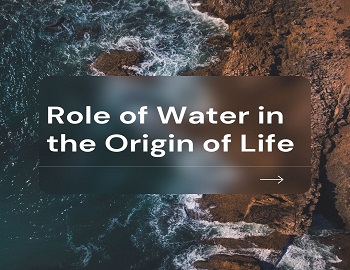Difference Between Self and Cross Pollination:
Pollination is the transfer of pollen grains from the anther (or microsporophyll) to stigma (receptive regions of megasporophyll).
In other words, the transfer of pollen grains from the opened anther of the stamen to the receptive stigma of the carpel is called pollination.
Following are the points of difference between Self and Cross Pollination:
| Self Pollination | Cross Pollination |
|---|---|
| Self Pollination is the transfer of pollen grains from anthers to the stigma of the same or genetically similar flower. | Cross Pollination is the transfer of pollen grains from anthers of one flower to the stigma of a genetically dissimilar flower. |
| Anthers and stigmas mature at the same time. | Anthers and stigmas may mature at different times. |
| Self Pollination occurs in open as well as closed flower. | It occurs only when the flowers are open. |
| An external agency is not required for self pollination, except in the case of geitonogamy. | It requires external agencies like wind, insect, water or animals. |
| It is very economical for plants. | It is not economical as the plant has to produce a large number of pollen grains. nectar, scent and colouration. |
| Young ones are homozygous. | Young ones are heterozygous. |
| It produces pure lines because of the non-occurrence of genetic recombination. | It produces variations due to genetic recombinations. |
| It cannot eliminate useless or harmful characters. | It dilutes or eliminates the useless and harmful characters. |
| Useful characters are preserved. | Not preserved. |
| Adaptability to changing environment is absent as self pollination does not produce variability. | Plants are better adapted to changing environment and struggle for existence due to the introduction of variations. |
| The immunity of the race towards disease falls with time. | The immunity of the race towards diseases is usually maintained. |
| There is a decrease in yield. | It increases the yield. |
| It does not help in the development of new species. | Helps in the development of new species. |









Comments (No)